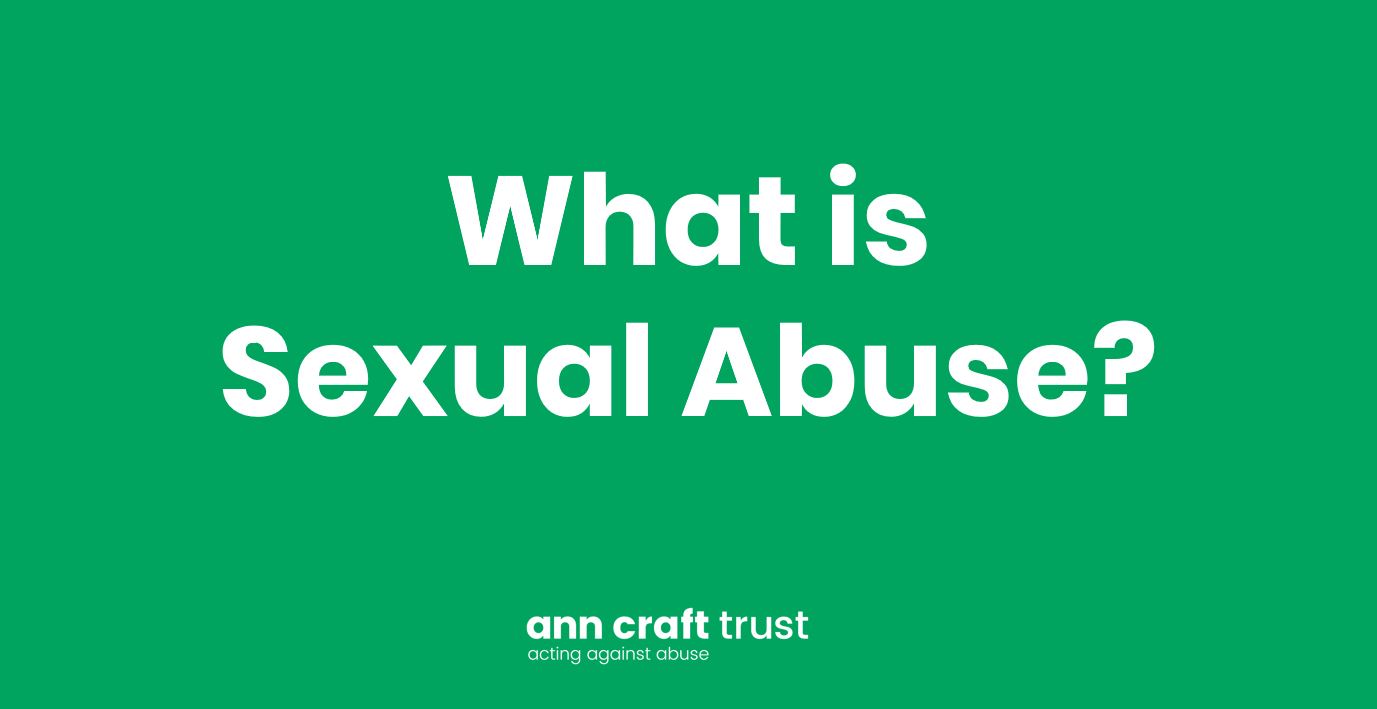
Sexual abuse includes a number of coerced sexual acts.
Examples of sexual abuse include:
- Rape.
- Indecent exposure.
- Sexual harassment.
- Inappropriate looking or touching.
- Sexual teasing or innuendo.
- Sexual photography.
This form of abuse can also include subjecting someone to pornography, or witnessing sexual acts, indecent exposure or sexual assault.
The factor that links all of these examples is that the person does not consent, or they felt pressured into consenting.
Who Might Sexual Abuse Adults?
Anyone who comes into contact with adults could potentially resort to sexual abuse. This includes:
- Spouses, friends, family and neighbours.
- Paid staff or professionals.
- Volunteers.
- Strangers and other members of the public.
Even those employed to provide care might carry out sexual abuse.
A major reason why sexual abuse is such a difficult reason is that literally anyone can become an abuser. All it takes is one instance of sexual abuse for it to become a problem.
Learn to Spot the Signs of Sexual Abuse
There are a number of physical signs to look out for:
- Cuts, bruises and marks – particularly to the thighs, buttocks, upper arms, and neck.
- Irritation, pain or bleeding in the genital area.
- Torn, stained, or bloody underclothing.
- Unprecedented difficulty walking or sitting.
- Infections, STDs, or unexplained genital discharges.
- Pregnancy (if the woman is unable to consent to sexual intercourse).
- Incontinence that’s not related to any medical diagnosis.
In addition to these, there are some other, more subtle signs to look out for. For instance, a person might start using explicit sexual language. Or they might demonstrate significant changes in their behaviour and attitude towards sex. They might seem distant and listless. They may also develop sleeping problems.
And even if there are no physical signs of sexual abuse, abusers still leave their mark. The victim might refuse help with personal care. They might also be reluctant to be alone with certain people. Some victims of sexual abuse even start to self-harm.
In the long-term, a victim of sexual abuse may develop an aversion to forming any intimate relationships.
Warning Signs of a Culture of Abuse
Sometimes sexual abuse is an isolated incident. But in more extreme cases it can be an everyday part of a toxic culture or environment.
Sometimes, the behaviour of others may indicate that sexual abuse is taking place. So here are a few warning signs:
- Name-calling, put-downs, aggressive behaviour and threats.
- Restricted movements. For instance, the abuser may prevent them from attending work or school.
- Restricted access to money.
- An attitude of overt jealousy or possessiveness.
- A delay between the time of injury and the seeking of treatment.
How to Deal With Sexual Abuse
If you suspect that someone you know is suffering from physical abuse, get in touch. We’ll help you find the support you need, so call us on 0115 951 5400.
Respond provides a range of services to victims and perpetrators of sexual abuse who have learning disabilities, as well as training and support to those working with them. You can call their helpline on 0808 808 0700.
If you think someone is in immediate danger, call the police on 999.
